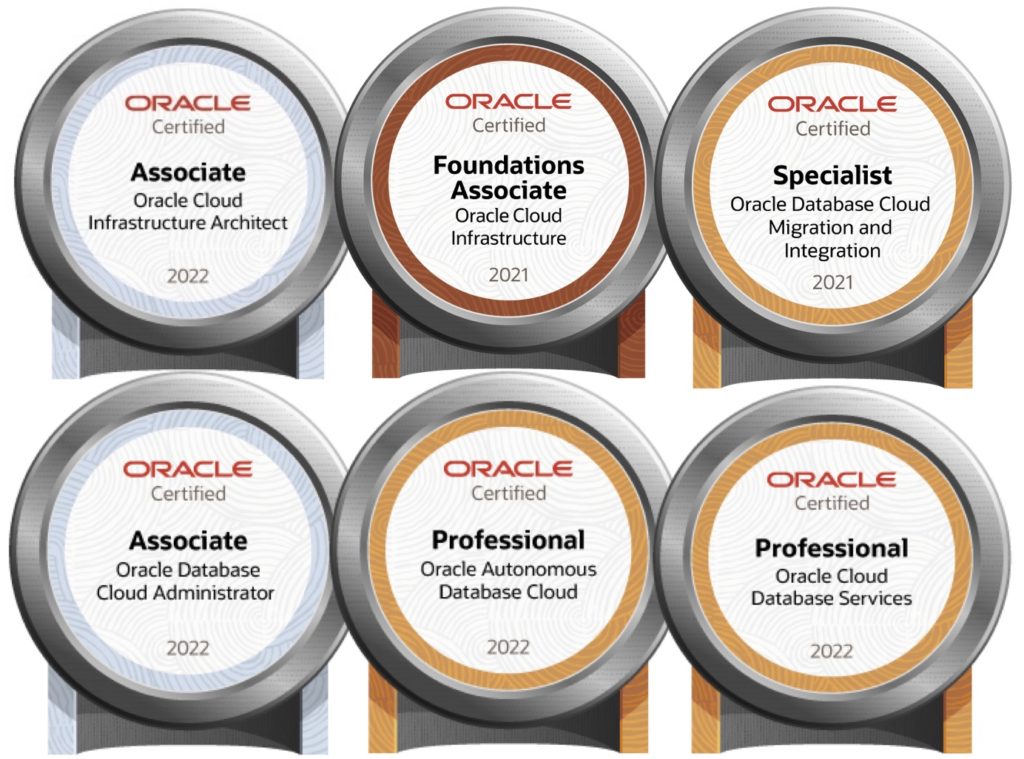#GoldenGate Microservices (5 of 5) … Performance Metrics Service
This is post 5 of a 5 part post related to Oracle GoldenGate 12.3 Microservices and the final one on the HTML5 web page access. This series of posts will provide some details over the new graphical user interface (GUI) that has been built into Oracle GoldenGate 12.3.
Performance Metric Service is the new performance monitoring service that comes built into Oracle GoldenGate 12.3 Microservices. This is a huge addition to the Oracle GoldenGate Core Platform. Due to this feature, users can now monitor in real-time what is happening on the source or target server at a deployment level. At the same time, this does not replace enterprise monitoring, such as Oracle GoldenGate Plug-in for Oracle Enterprise Manager.
Note: If you are wanting enterprise monitoring, Oracle Enterprise Manager is the way to go for keeping track of Oracle GoldenGate enviornments. Additonally, you need a license for the OGG Management Pack Plug-in to use this page.
Let’s take a look at the Performance Metric Service in a little more detail. I’m not going dive to far in the weeds, have to leave something for you to explore .. 🙂
In Figure 1, you see the overview page for Performance Metric Service. From this page, you can quickly see what processes are running or have been killed. You also get an output of the GGSERR.LOG under the “Messages Overview” tab. Then under the “Status Changes Overview”, you are a list of the process status over time.
Figure 1:

To find out more details on what is going on, you simply click on one of the boxes at the top of the screen. In Figure 2, I have drilled down into the Replicat (REP1) process.
Figure 2:

On this screen, you will see a series of tabs that provide you a lot of information for what is happening on that particular node/host in the replication environment. Since this is my target machine, it is easy to see the performance of the process, the associated threads, status and configuration, trail files and many other performance related items.
These charts, graphs and other information is updated in real-time as transactions are being processed. If you let these pages run for abit, you will be able to identify performance bottlenecks as they occur in real-time.
At this point, you may be wondering where these metrics are being stored. Oracle GoldenGate 12.3.0.1 still uses the Berkley Database (BDB) for storing the metrics. The difference here is that the BDB is only used by the Performance Metric Services. All the issues that came with the BDB has been resolved by seperating the BDB from the other process; this has allowed the Performance Metric Service to be configured to only communicate with the BDB over UDP protocols. So the chances of corruption have been minimized.
Overall, the addition of the Performance Metric Service is great to see! We are providing you a user friendly way of looking at and monitoring your GoldenGate Microservices enviornments.
For those of you out there who are not ready to jump to Microservices yet; you should it will be well worth it. At the same time, we have not left you out of the Performance Metric Service access. The Oracle GoldenGate 12.3.0.1.x Classic Architecture also comes with Performance Metric Services. In either architecture you will have the ability to view what is going on.
Now, go an explore these new pages!
Enjoy!!!!
Current Oracle Certs

Bobby Curtis

I’m Bobby Curtis and I’m just your normal average guy who has been working in the technology field for awhile (started when I was 18 with the US Army). The goal of this blog has changed a bit over the years. Initially, it was a general blog where I wrote thoughts down. Then it changed to focus on the Oracle Database, Oracle Enterprise Manager, and eventually Oracle GoldenGate.
If you want to follow me on a more timely manner, I can be followed on twitter at @dbasolved or on LinkedIn under “Bobby Curtis MBA”.


